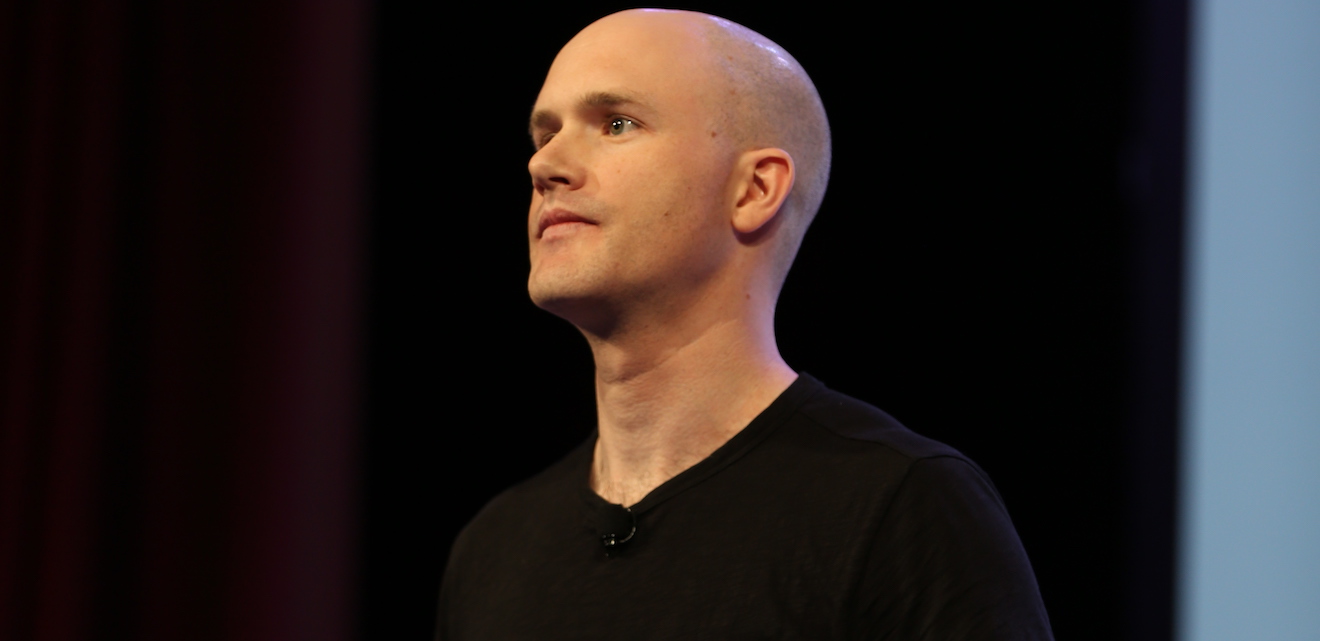Rainbow Helps Users Slide Into the Crypto Economy
Crypto has an image problem. The tech is too technical. The finance is too heavy on the numbers. The industry is replete with scams. Some decentralized apps, or dapps, to use crypto’s preferred terminology (jargon is another issue), take pride in the fact that they look like they were released in the early 1990s – when you still needed to type the command line to do anything fun online.
One prominent example of this is Web3’s most used application, the browser-based wallet MetaMask. Developed by ConsenSys as one of the Ethereum software developer’s first in-house projects, MetaMask has become crucially important to the Web3 ecosystem. At last count it had over 30 million active monthly users, and is the default way for crypto users to manage their keys.
Wallets are the most important tools for crypto adoption, at least coming from a consumer perspective. They are front and center in how people protect their wealth, spend their funds and manage their Web3 lives. MetaMask is by no means a bad wallet, but crypto – an industry that puts full faith in the invisible hand of the market – needs competitive alternatives.

RAINBOW
When Mike Demarais sent the rapper Soulja Boy his “passport” to the world of Web3, the Rainbow wallet co-founder said it might require “some mildly elite nerd s**t” for the artist best known for 2007’s hit “Crank That” to set it up. Demarais had purchased soujaboy.eth nearly a year earlier, along with the ENS addresses for a number of potential celebrity crypto users with the hope of gifting them to bring attention to his mobile-first Ethereum wallet and Web3.
Rainbow, founded in 2018, wants to be the general public’s portal to the new crypto economy. It has a sleek user interface – closer to CashApp than to Chase bank – and an easy onboarding process. Although there was a technical hiccup when Soulja Boy was trying to set up the Ethereum Name Service name Demarais gifted him (the rapper initially tweeted out a Coinbase deposit address he did not fully control), Demarais thinks the situation spoke to Rainbow’s strengths and the reason for dead-simple sign-on processes his team is trying to make the norm in crypto.
“We’d like to make all things crypto easy, because right now it’s not,” Demarais said in an interview in Rainbow’s Brooklyn open-floor office. Several users CoinDesk interviewed for this article said it’s easier to buy an ENS domain through the Rainbow app than on the Ethereum Naming Service website, just one of the areas where it’s succeeded in smoothing out crypto’s rough edges.
The Soulja Boy stunt was an obvious marketing gimmick, Demarais said, but also a natural outgrowth of the company’s technical prowess and showmanship. Rainbow used a similar technique to attract strong developers to the team, including a few former ConsenSys project leads – buying their ENS names and sending it to them as a gift and ploy to get them to see what they’ve built. Download the app, port over your information from MetaMask and taste the Rainbow, so to say.
There are a number of “next-gen” crypto wallets that have hit the market since the “super cycle” began in 2020. Many, like Rainbow, chose to first tackle mobile users, a market left mostly unserved by the largest Ethereum interface today, the browser-focused MetaMask. Rainbow is arguably the most successful, largely due to its adoption by crypto “super users” and Web3 startups looking to bring strangers aboard. Although the company doesn’t advertise in the traditional sense, it has developed a voice and brand identity – irreverent, sarcastic – that is mostly Demarais being himself, posting on social media.
Rainbow takes a “design-first” approach to its product. One look at Rainbow, an app which is as colorful as the name implies, and you can tell the difference between Web3 products that are built with a mass audience in mind – (TechCrunch said Rainbow looked like an app that Snap or TikTok would design). It takes the streamlined approach to mainstream fintech and banking apps, but is built for modern money.
Or as Alexis Ohanian, the Reddit founder turned tech investor, puts it: “User experience matters so much – [Rainbow’s] design choices are the reason they’ve already built a cult following and continue to educate and onboard scores of new users to Web3.”
Design and user experience sound like problems that are skin deep but are important. Everyone judges a book by its cover. Someone’s first experience with Web3 should be as seamless as what we’ve all come to expect from tech.
“We did an extensive deep dive on available wallets, comparing things like onboarding time, network compatibility, etc. Rainbow came out ahead for our use case,” said Darrell Jones, CEO and co-founder of City3, a Oakland-based community currency nonprofit backed by Coinbase Giving and the Ethereum Foundation. Jones added that City3 has “onboarded over 1,100 folks IRL” at four West Oakland Farmers Market events, with “more than 60% being folks of color,” he said. “Rainbow offers the best experience for newcomers by far.”
CoinDesk, when preparing the Projects to Watch series, received a number of recommendations for Rainbow, attesting to the level of brand awareness and actual use many of its wallet peers would envy. Under development since 2018, Rainbow has tried to “abstract away” many of the complications plaguing crypto.
One of its most successful open source products, Rainbow Kit, made it “truly dumb easy” for non-fungible token (NFT) developers to add a “wallet connect flow” for mobile, allowing people to mint tokens from their phone when that wasn’t always possible. Others appreciate Rainbow as an aesthetic and secure place to store NFTs, users said, and for its built-in crypto swapping tool that removes the need to log into Coinbase.
“For newcomers and experienced Ethereum users alike, going from ‘no crypto’ to navigating across Web3 can be a painful experience. Historically, the process involved getting set up with a crypto exchange, linking back to your existing banking rails, depositing fiat, purchasing ETH, then sending ETH out of the exchange to a browser wallet” to Web3 apps, Derek Edws and Stephen McKeon, partners at venture fund Collab+Currency, wrote. (Collab+Currency invested in Rainbow.) What Rainbow has done and is trying to do is turn most crypto interactions into a “one-click” experience.
Launching first on Apple’s iOS, Rainbow quickly built the capability for people to use Apple Pay infrastructure to purchase ETH and many other Ethereum-based tokens to fund their Rainbow wallet. It has since expanded to Android, and in the coming months plans to launch its first browser wallet, allowing it to compete toe-to-toe with MetaMask. About 100 people right now have access to a pre-beta version of the wallet, Demarais said, which will see wider release next month.
“We’re out here at fox hunting,” Demarais said, referencing MetaMask’s telltale origami fox icon. “You know, like, we’re putting on our boots going to do some egregious murdering of foxes, British style. Direct quote.”
Despite the candor, Demarais said he has deep-felt respect for MetaMask, which at last count boasted 21 million active monthly users, making it by far the most used “crypto” product. But the wallet has become the default option for a new version of the Web that is supposed to foster consumer choice. Its association with ConsenSys, the developer of much core Ethereum software, also taints crypto’s anti-centralization ethos.
Reaching “platform parity” by releasing its browser would make Rainbow a “wholesale alternative” to MetaMask, but isn’t meant to fully replace the much-loved wallet. Ultimately, like many Web3 stoners, Demarais has a simple faith in free markets. He sees MetaMask as a lumbering project locked in to outdated design choices and slow to innovate. These are problems that a peppy startup doesn’t have, a selling point he’s used to poach more than one MetaMask developer.
Edited by Jeanhee Kim.









